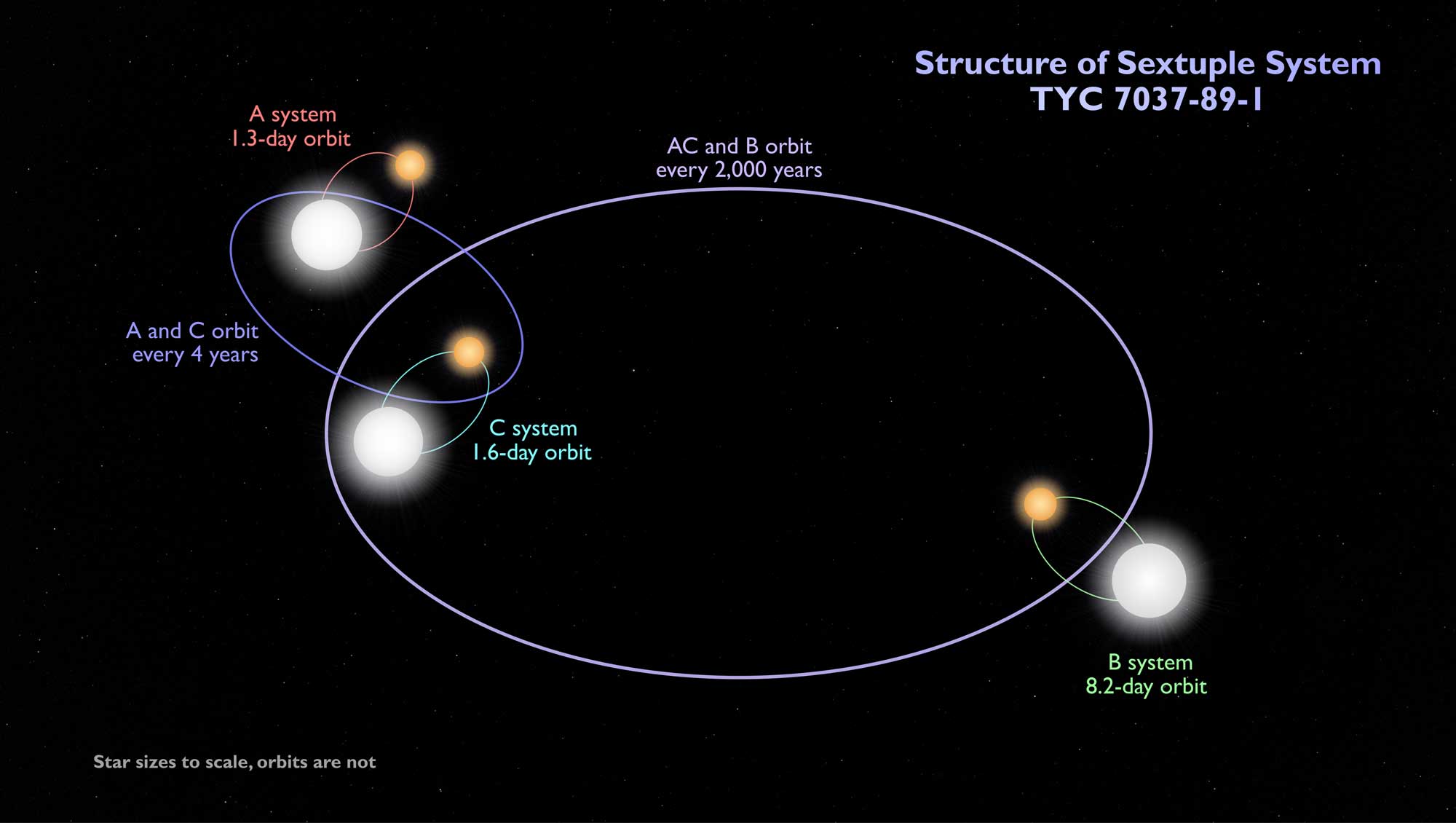Are they not including "hot Jupiters," in their results? I can think of some other hypotheses that involve planets getting shuffled around at some point.
I guess the Earth and Venus are pretty close together in size, though I'm not sure they're that alike in composition. That being said, I suppose if there were a boundary between heated expanding material and cooler in-falling material, that would make a great place to form planets. If a group of planets did have the same composition, it they might at least all have similar conditions for life to evolve.
From what I've read, there's a lot of debate over where the crossover between "super-Earth," and "Neptune-like," body might be, if there even is one. There's certainly the possibility that a body that massive would be able to hold onto most of its hydrogen and probably all of its helium, unless it was much hotter than Earth.
I guess we just gotta keep building bigger telescopes.

